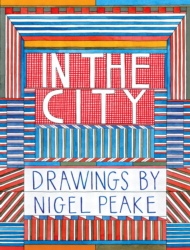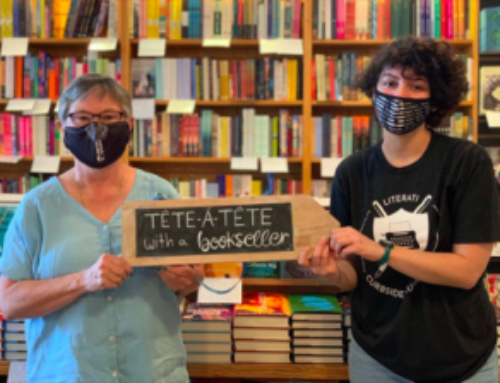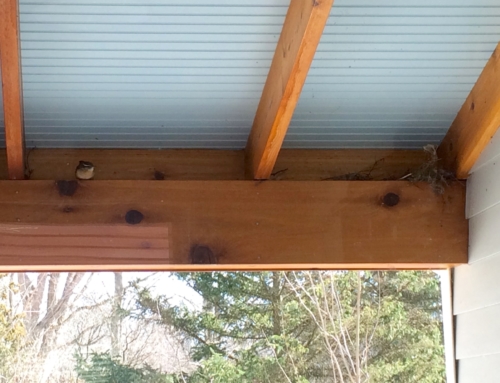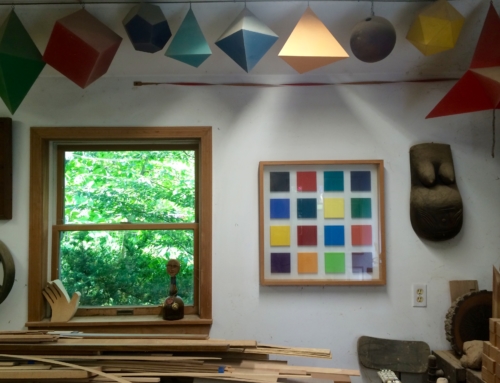 I am fascinated by the wild world. I’m referring to the more-than-human parts of this planet we share, the places and things that would (probably) keep on keeping on whether or not humans were here or not. They connect me with resilience and endurance in ways I continue to try to articulate.
I am fascinated by the wild world. I’m referring to the more-than-human parts of this planet we share, the places and things that would (probably) keep on keeping on whether or not humans were here or not. They connect me with resilience and endurance in ways I continue to try to articulate.
Artist/illustrator, Nigel Peake, whose work I admire so much I mention it on this website’s welcome page, seems to love instead—or perhaps also—the marks that humans make. His debut book, In the Wilds, an elegant little hardcover that defies categorization, records through Peake’s drawings and words the details of the byways, fields, and farms of the Irish hinterlands.
His second book, In the City, another elegant category crosser, follows the same format but shares something rather different.
Here are the words with which Peake opens the new book: “It is a mystery. There are some things that I know and some that I do not. What I do not understand, I draw.” And then, with a few words and many of his finely detailed ink and watercolor drawings (hand-drawn, we must now distinguish), Peake records his experience of cities the world over. One of my favorite drawings is called “Reflections of tall buildings onto tall buildings,” a phenomenon I’ve tried, unsuccessfully, to photograph. Another is one of the few volumetric images in the book: a crushed soda pop can done in scores of watercolor grays. Peake reserves color for the stylized grids and patterns with which he portrays things like the floorplan of a bookstore, a chart of bridge types, and a sort of aerial view of a block of apartment buildings. The latter drawing, I note with great pleasure, has some things in common with another captioned, “The books’ ends outside the secondhand stores remind me of fields.”
Peake has been studying the Irish countryside all his life. In the City foregrounds the initial investigation and discovery that occurs in new places. The fact that he approaches urban mysteries with an eye toward the ways in which they recall his home place leads him (and us) to find startling and satisfying parallels between the two ‘scapes.
Nigel Peake’s work refreshes the ordinary. You can read more about his books on the Princeton Architectural Press website by clicking on their titles: In the City and In the Wilds. Click here to read some of my first thoughts about Nigel Peake.









Leave A Comment